

古籍善本是指经过 严格 校勘、无讹文脱字的古代书籍。时代下限,一般确定在乾隆六十年。目前市场上出售古籍书,大多数均为清代或者民国时期的书籍。
善本,简单讲就是好的书本。善本最初的概念是指经过严格校勘、无讹文脱字的书本。印刷术产生前,书籍大都是写本。把原稿或别本认真缮写下来,经过与原文校核无误,就成为善本。唐以后,雕版印刷术出现,书籍开始出现“版本”的概念。
不同版本书籍收录文献多寡、校勘精劣程度各不相同,就有了足本和残本、精本和劣本的差别;书籍版本出现早晚、珍稀程度不同,就有了古本和今本、孤本和复本的差别。

学术观点
中国有6000年的文明史,图书作为重要的标志文明的牌记,与中国古老的文明社会并驾齐驱发展着。从壁石、钟鼎、竹简、尺牍、缣帛到纸张,无一不向社会传播文明,传递知识。但久经改朝换代、天灾人祸,能保留下的古书少之又少。所以,古书收藏爱好者认清古籍中孤本、善本、珍本的界定是非常有必要的。孤本的概念比较清晰。凡国内藏书只此一部的,未见各家收藏、著录的,一概称为国内孤本。
珍本与善本的界定,历来为版本鉴定学者所争论。宋效先老师曾在1987年发表论文指出:“珍本是比较稀见或比较珍贵之本,善本是凡内容有用,流传稀少,校刻精良,具有文物、学术或艺术价值之本。”
而在李致忠老师的观点中认为:在西方人的观念里和词汇中,“善本”就是珍贵的、值钱的、罕见的传本,这实际上是以“珍本”概念替代了“善本”的含义。时代久远,传世孤罕的书籍,自然珍贵。甚至虽有明显的文字讹脱,反被视为珍贵版本,这在古今中外都有实例可举。本来“珍”并不等于“善”,罕见的东西并不一定真好,可是谁也不会把珍贵的东西视若粪土。这就在实际上把“珍”、“善”合流了。
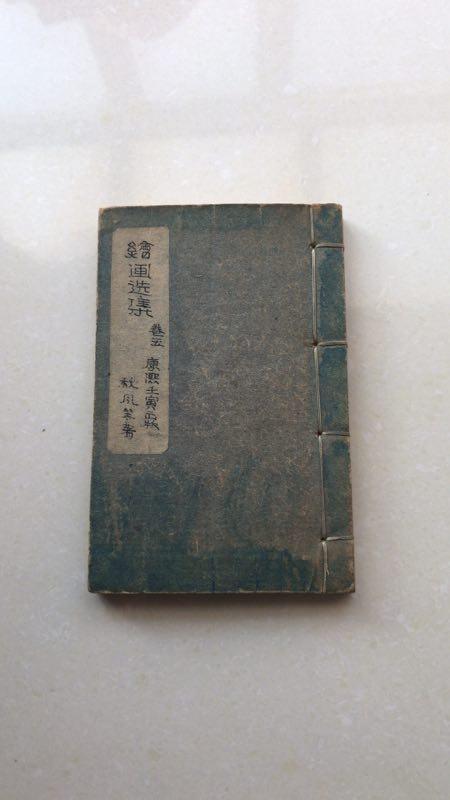
彭令先生认为,从广义的角度说,凡是有利于国家有利于人民的古籍精品,都应视为珍本;珍本与善本的核心价值都是文献价值,文物价值为基础,文物价值主要是在确定古籍的真赝、年代、版本的基础上得出的,艺术价值对于古籍来说是形式。文物价值、文献价值与艺术价值都高的古籍,无疑是善本;有时候,对于某种价值特别突出的古籍,也应视为善本。
善本的内涵也比原来更扩大了,以后许多学者对善本的概念不断总结归纳,最后形成了现在通用的善本“三性”、“九条”说。 善本的“三性”指书籍应具备较高的历史文物性、学术资料性和艺术代表性。
善本的“九条”主要包括:元代及元代以前刻印抄写的图书;明代刻、抄写的图书;清代乾隆以前流传较少的刻本、抄本;太平天国及历代农民革命政权所刊印的图书;辛亥革命前,在学术研究上有独到见解,或有学派特点的稿本以及流传很少的刻本、抄本;辛亥革命前,反映某一时期、某一领域或某一事件资料方面的稿本以及流传很少的刻本、抄本;辛亥革命以前的名人学者批校、题跋或过录前人批校而有参考价值的印本、抄本;在印刷术上能反映古代印刷术发展的各种活字印本、套印本或有精校版画、插画的刻本;明代的印谱、清代的集古印谱、名家篆刻印谱的钤印本,有特色的亲笔题记等。善本的时代下限,现在一般确定在清乾隆六十年。
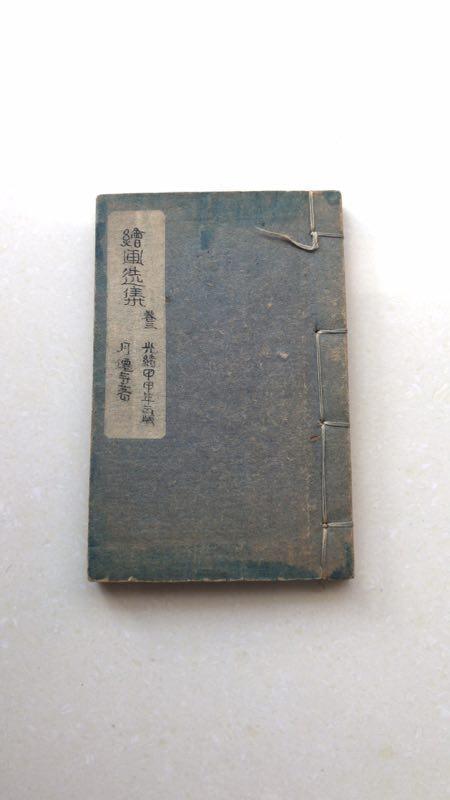
具体的标准,历代学者、藏书家都提出过不同的看法,比较有代表性的是清末张之洞的说法。张氏解释善本之义有三:
一曰足本,无阙卷,未删削。
二曰精本,精校、精注。
三曰旧本,旧刻、旧抄。
其中一、二条是从图书内容和校勘的角度提出的,第三条则从版本产生年代的角度来讲。现代的版本学家在前人的基础上,提出了善本的“三性原则”,即历史文物性、学术资料性和艺术代表性。
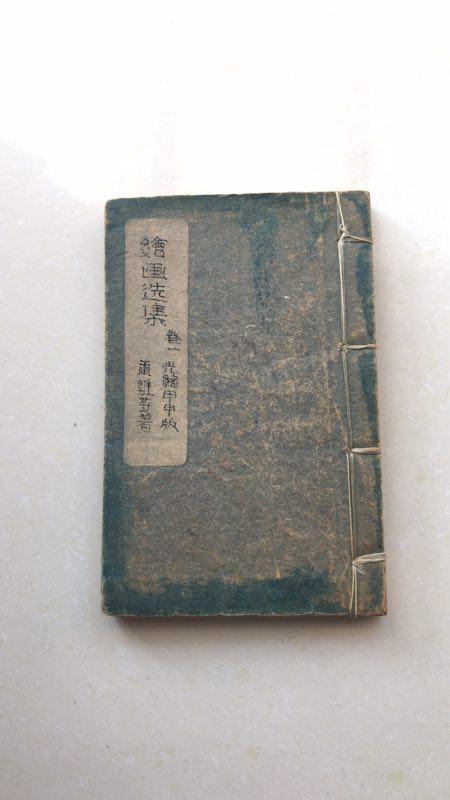
Good texts of ancient books refer to those ancient books that have been strictly collated and written without errors. The lower limit of the time is generally determined in the sixty years of Qianlong. At present, most of the ancient books sold on the market are books of the Qing Dynasty or the Republic of China.
A good book is simply a good one. The original concept of good edition refers to books that have been strictly collated and written without errors. Before printing came into being, books were mostly written books. Write down the original manu or other editions carefully, and after checking the original correctly, they will become good editions. After Tang Dynasty, woodblock printing appeared and the concept of "edition" appeared in books.
Different editions of books contain different amount of literature and the degree of poor collation, there are differences between the full edition and the incomplete edition, the fine edition and the inferior edition; different editions of books appear sooner or later, the degree of rarity is different, there are differences between the ancient edition and the present edition, the solitary edition and the duplicate edition.
Academic point of view
China has a 6,000-year history of civilization. Books, as an important symbol of civilization, are developing in parallel with China's ancient civilized society. From wall stones, Zhongding, bamboo slips, rulers, silk to paper, all of them spread civilization and knowledge to the society. However, few ancient books can be retained after a long period of change of dynasties, natural disasters and man-made disasters. Therefore, it is very necessary for collectors of ancient books to recognize the definition of solitary, good and rare books in ancient books. The concept of solitary edition is clear. Where there is only one book in the domestic collection, no collection or deion has been found, it is generally referred to as an isolated book in the country.

The definition of rare edition and good edition has always been debated by edition appraisers. Mr. Song Xiaoxian once published a paper in 1987, pointing out that "rare books are relatively rare or precious. Good books are the foundation of cultural relics, academic or artistic value because they are useful in content, rare in circulation and well-carved."
In the view of Professor Li Zhizhong, the concept of "good book" is precious, valuable and rare, which in fact replaces the meaning of "good book" with the concept of "rare book". The time is long, and the rare books handed down from generation to generation are naturally precious. Even though there are obvious literary errors, they are regarded as precious versions, which can be cited at all times and in all countries. Originally, "precious" is not equal to "good". Rare things are not necessarily good, but nobody will regard precious things as dung. In practice, this confluence of "treasure" and "goodness".
Mr. Peng Ling holds that, in a broad sense, all the fine works of ancient books beneficial to the country and the people should be regarded as rare books; the core values of rare books and good books are document values, which are based on the value of cultural relics. The value of cultural relics is mainly derived on the basis of determining the authenticity, age and version of ancient books, and the value of art is a form for ancient books. Ancient books with high value of cultural relics, literature and art are undoubtedly good books. Sometimes, ancient books with special value should also be regarded as good books.
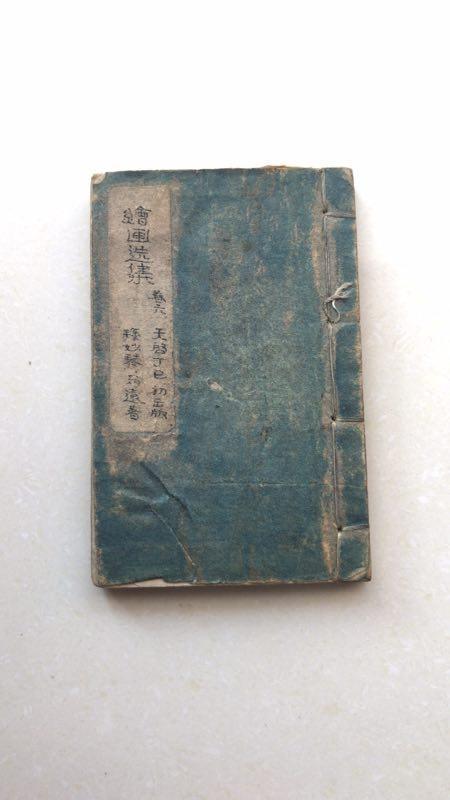
The connotation of good book is also wider than before. After that, many scholars have summarized the concept of good book, and finally formed the common theory of "three natures" and "nine natures" of good book. The "three qualities" of good texts refer to the fact that books should possess high historical and cultural relics, academic materials and artistic representativeness.
고적 선본은 엄격한 교정을 거쳐 오문 없이 탈자한 고대 서적을 가리킨다.시대 하한은 일반적으로 건륭 60년에 확정된다.현재 시장에서 고적서를 판매하고 있으며 대다수는 청대나 민국 시대의 서적들이다.
선본은 간단히 말하면 좋은 책이다.선본의 최초의 개념은 엄격한 교정을 거쳐 오문 탈자 없는 책을 가리킨다.인쇄술이 생기기 전에 서적은 대부분 책이다.원고나 본전을 진지하게 베껴 쓰지 말고 원문과 심사를 거쳐 선본이 된다.당 이후 조판인쇄술 출현, 서적은 '버전'이라는 개념이 나오기 시작했다.
각 버전 서적 수록문헌 다과과와 교감 열도가 각각 다르고, 각기 부족한 본과 열본의 차이가 있다. 서적 판본은 아침과 희귀 정도가 다르고, 고본과 지금의 고본과 복본의 차이를 보이고 있다.
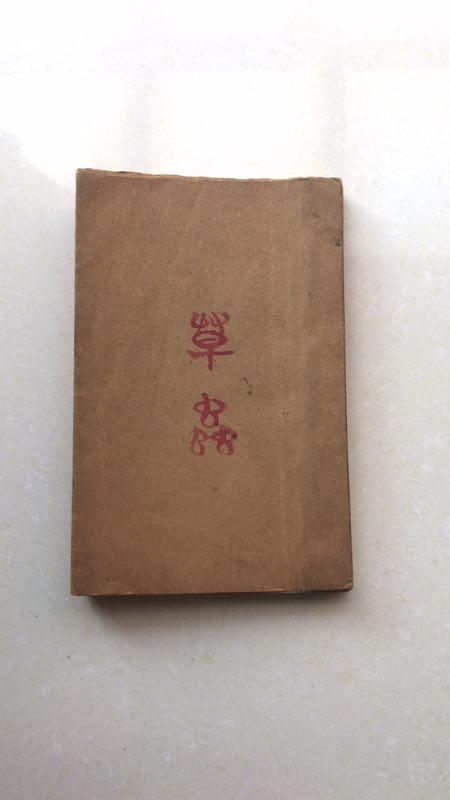
학술적 관점
중국은 6000년의 문명사를 가지고 있으며, 도서는 중요한 표지 문명의 카드로 중국 옛 문명사회와 나란히 발전하고 있다.벽석, 종정, 대북, 서적, 명백부터 종이까지, 사회에 문명을 전파하지 않고 지식을 전달하였다.그러나 오랜 세월이 바뀌고 천재인화를 거쳐 남긴 고서는 적고 적다.그래서 고서 수집 애호가 청나라 고적 중고본, 선본, 진본, 진본의 경계가 필요합니다.고본의 개념이 비교적 뚜렷하다.무릇 국내 장서는 이 한 부뿐이며, 각 곳의 소장, 저록을 보지 못했으며, 일절 국내 고본이라고 부른다.
진본과 선본의 정의는 예로부터 판정학자를 위해 논쟁했다.송효선 선생님은 1987년에 논문을 발표했다. "진본은 희견적이거나 귀중한 본분이며, 선본은 모두 유용하고 희소하고, 교각은 정밀하고, 문물, 학술이나 예술적 가치를 지닌 본보기로 꼽았다"고 지적했다.
반면 이치충 선생님의 관점에서 서양인의 관념과 어휘에서'선본'은 귀중한, 값진, 이례적인 전본이다. 실제로'진본'이라는 개념으로'선본'을 대체한 의미다.시대가 오래되어 전세의 고귀한 서적, 자연히 소중하다.심지어 뚜렷한 문자가 트집착되지만, 오히려 진귀한 버전으로 여겨지는 것은 동서고금에서 실례가 있다.원래 ‘진 ’은 선과 같지 않다. 보기 드문 물건이 꼭 좋지는 않지만, 누구도 소중한 것을 똥토처럼 여기지 않는다.이것은 사실상 ‘ 진 ’ ‘ 선 ’ 을 합류했다.
팽령 선생은 광의적 관점에서 국가에 유리한 고적 정품이 있어서 모두 진본으로 여겨야 한다고 생각한다. 진본과 선본의 핵심 가치는 모두 문헌가치, 문물가치, 문화재 가치는 주로 고적을 확정하는 진위, 년대, 판본의 기초에서 얻은 것이다. 예술가치는 고적에겐 형식이다.문물가치, 문헌가치와 예술가치 모두 높은 고적, 선본이다. 때로는 어떤 가치에 대해 특히 뛰어난 고적도 선본으로 여겨야 한다.
선본의 내포도 원래보다 더 넓어졌고 이후에는 많은 학자들이 선본에 대한 개념을 총괄하고 귀납을 하였는데, 결국 현재 통용된 선본의 ‘ 삼성 ’ ‘ 9조 ’ 가 형성되었다.선본의 ‘ 삼성 ’ 은 서적이 비교적 높은 역사 문물성, 학술적 자료성과 예술적 대표성을 갖춰야 한다.
선본의'아홉'은 원대 및 원대 이전에 베껴 쓴 도서, 명대, 베껴 쓴 도서, 청대 건륭 이전에 비교적 적은 각본, 초본, 태평천국, 역대 농민 혁명 정권소 간행한 도서혁명 전 어느 시기, 어느 분야나 어떤 사건 자료 방면의 원고 및 유전 매우 적은 각본, 초본, 신해혁명 이전의 명인 학자 학자들은 학교, 발문 또는 전인 교에 참고적 가치, 표본, 표본, 인쇄술에는 고대 인쇄술 발전의 각종 활자책, 인쇄, 인쇄 및 정교판, 삽화, 그림의 각본, 명명대체의 인보, 청대의 고대 인보, 명가의 전각 도장, 특색 있는 친필 제기 등이다.선본의 시대 하한은 현재 일반적으로 청건륭 60년에 확정된다.
고적 선본 정선 (21장)
구체적인 기준은 역대 학자, 장서가들이 모두 다른 견해를 제기했으며, 비교적 대표적인 것은 청말 장지동의 설이다.장씨는 선본을 설명하는 의미는 세 가지가 있다.
하나 말할 때 족본이 없고, 결말이 없고, 삭제하지 않았다.
둘째는 정본, 정교, 정주.
삼왈 옛책, 구각, 구사초.
이 중 하나, 두 가지는 도서 내용과 교감 차원에서 제시한 것이며, 세 번째는 판본에서 생년대라는 각도였다.현대의 판본학자는 전인의 기초에 선본의 삼성원칙을 제시했다. 즉 역사 문화재성, 학술적 자료성과 예술적 대표성을 제시했다.
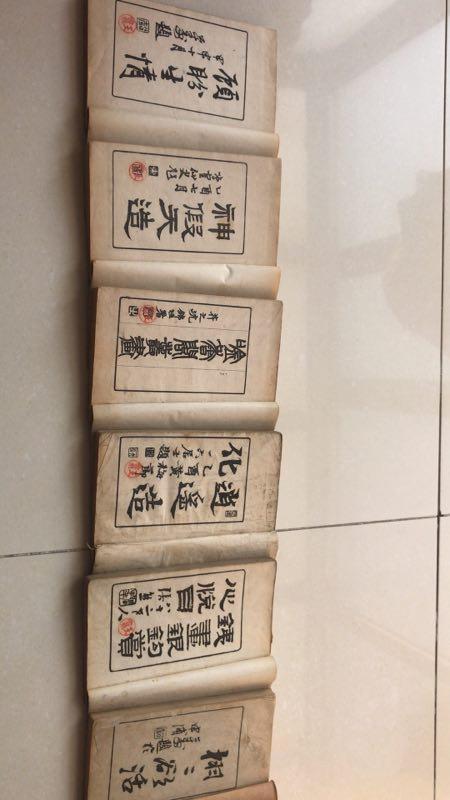
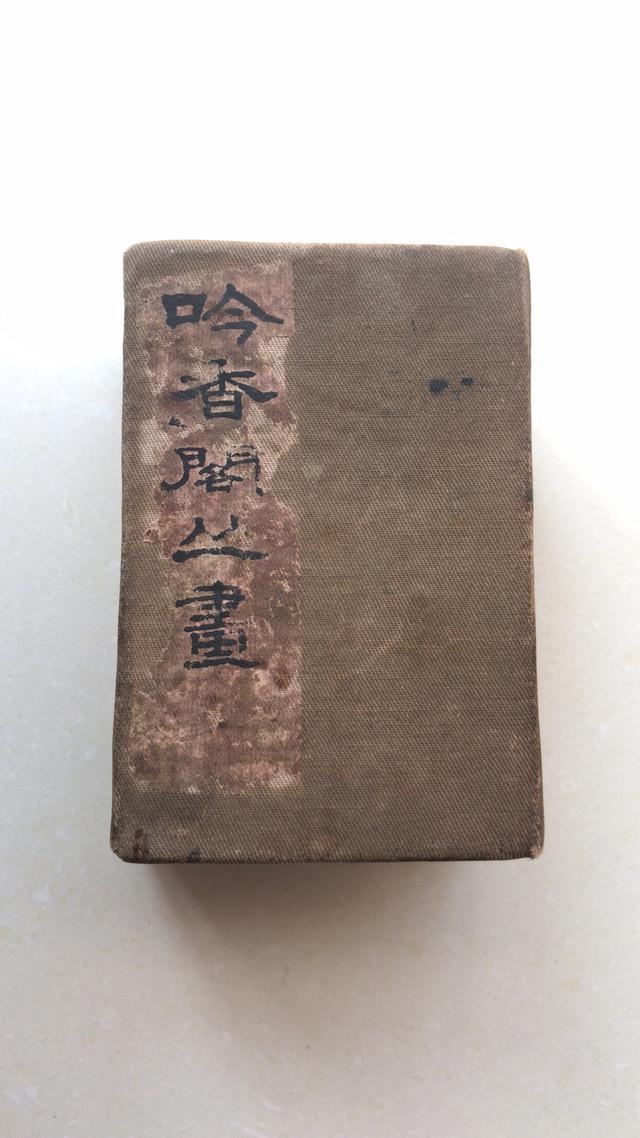
 本着文化公益精神,公开发布已过版权期的古籍扫描版资源,所有资源仅供个人研究,请勿商用!
本着文化公益精神,公开发布已过版权期的古籍扫描版资源,所有资源仅供个人研究,请勿商用!






客服